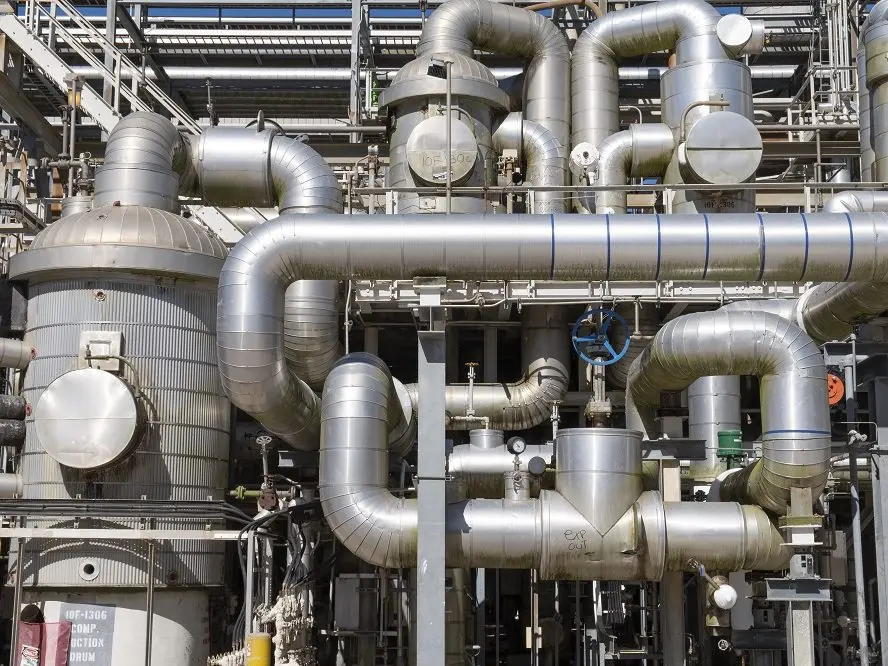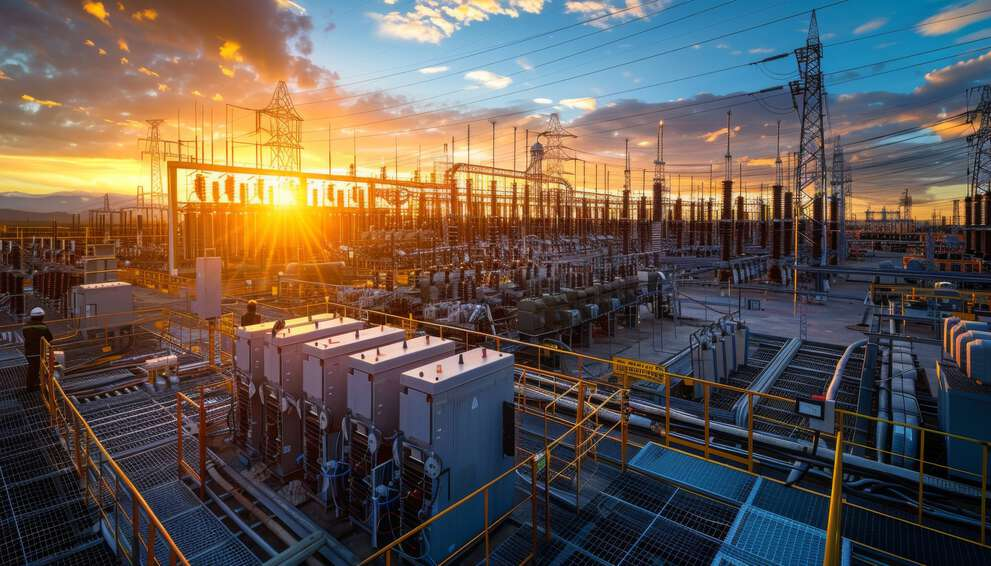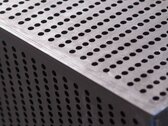The Vanguard of Industrial Cooling: Understanding Air Cooled Heat Exchangers
In the vast realm of industrial operations, maintaining optimal temperatures is paramount for efficiency, safety, and equipment longevity. Among the diverse cooling methodologies available, Air Cooled Heat Exchangers (ACHEs) stand out as robust and versatile solutions. These systems represent a cornerstone of modern thermal management, offering High-Efficiency Cooling Solutions for a wide array of applications. Unlike water-cooled counterparts, ACHEs utilize ambient air as the cooling medium, a distinction that brings forth numerous operational and environmental benefits, making them an increasingly popular choice across various sectors. Their design simplicity, coupled with their effectiveness, makes them an indispensable component in processes requiring reliable heat dissipation.
Delving into the Mechanics: The Core of Heat Exchanger Technology
At the heart of an Air Cooled Heat Exchanger lies sophisticated Heat Exchanger Technology designed for optimal thermal transfer. Typically, these units consist of a bundle of tubes through which a hot process fluid flows. These tubes are often finned on the exterior to significantly increase the surface area available for heat transfer to the surrounding air. One or more large fans then force or induce ambient air across these finned tubes. As the cooler air passes over the heated surfaces, it absorbs thermal energy from the process fluid, effectively lowering the fluid's temperature. The now-warmed air is then discharged into the atmosphere. The efficiency of this process depends on factors such as the fin design, fan performance, tube material, and the overall geometric configuration of the Air Cooled Heat Exchanger unit itself, all meticulously engineered to maximize heat rejection. This fundamental principle allows ACHEs to manage substantial heat loads without the need for a separate water supply.
Broad Horizons: Air Cooled Heat Exchangers in Industrial Applications
The versatility of Air Cooled Heat Exchangers makes them indispensable Cooling Systems for Industrial Use across a multitude of sectors. In the oil and gas industry, they are critical for cooling hydrocarbon streams in refineries and natural gas processing plants. Power generation facilities rely on ACHEs for condensing exhaust steam from turbines or cooling auxiliary systems. The chemical processing industry utilizes them for temperature control in various reaction processes and for cooling intermediate and final products. Petrochemical plants employ them extensively for managing heat in distillation columns and other critical equipment. Even in general manufacturing and heavy industries, these robust units provide reliable cooling for hydraulic systems, lubrication oils, and compressed air, demonstrating the wide applicability of this particular branch of Heat Exchanger Technology and establishing them as vital High-Efficiency Cooling Solutions.
Driving Sustainability: The Rise of Energy Efficient Heat Exchangers
In an era increasingly focused on sustainability and cost reduction, Energy Efficient Heat Exchangers are more critical than ever. Air Cooled Heat Exchangers contribute significantly to this goal, as they eliminate the need for vast quantities of cooling water, which can be scarce or expensive. By optimizing fan design, motor efficiency, and heat transfer surfaces, modern ACHEs can achieve remarkable performance with minimized power consumption. These advancements directly translate into lower operational costs and a reduced environmental footprint. The ongoing development in this field is geared towards enhancing Thermal Efficiency Solutions, ensuring that heat is dissipated with the least possible energy input. This focus not only benefits the bottom line but also aligns with global efforts towards more sustainable industrial practices, making them a smart choice for forward-thinking operations seeking an efficient temperature control solution.
The Clear Advantages of Air Cooling Systems
Choosing Air Cooling Systems, specifically Air Cooled Heat Exchangers, offers several distinct advantages over liquid-based cooling methods. Firstly, the most obvious benefit is the elimination of water consumption. This is particularly crucial in arid regions or where water resources are restricted or costly. Secondly, it negates the issues associated with water treatment, such as chemical dosing, descaling, and preventing biological growth like Legionella, simplifying maintenance and reducing associated expenses. Air Cooling Systems also tend to have lower installation costs in many scenarios, as they don't require extensive piping for water supply and return, nor cooling towers. Their design is inherently simpler, often leading to greater reliability and easier maintenance. Furthermore, the risk of product contamination from cooling water leaks is entirely avoided, enhancing process safety for many industrial applications. These factors make them compelling and practical High-Efficiency Cooling Solutions when compared to other cooling methods.
Pioneering Thermal Management: The Future with Efficient Cooling
The journey towards optimizing industrial processes invariably involves effective thermal management, and the role of advanced Heat Exchanger Technology is pivotal in this endeavor. As industries continue to grow and environmental regulations become more stringent, the demand for innovative and Energy Efficient Heat Exchangers will only intensify. These systems are not just components; they are integral parts of a larger ecosystem striving for operational excellence and sustainability. The ongoing research and development in materials science, aerodynamics, and control systems promise even more advanced Thermal Efficiency Solutions in the future. Investing in robust and efficient Cooling Systems for Industrial Use ensures not only the protection of valuable equipment and the safety of operations but also a commitment to responsible resource management and a greener industrial landscape.






